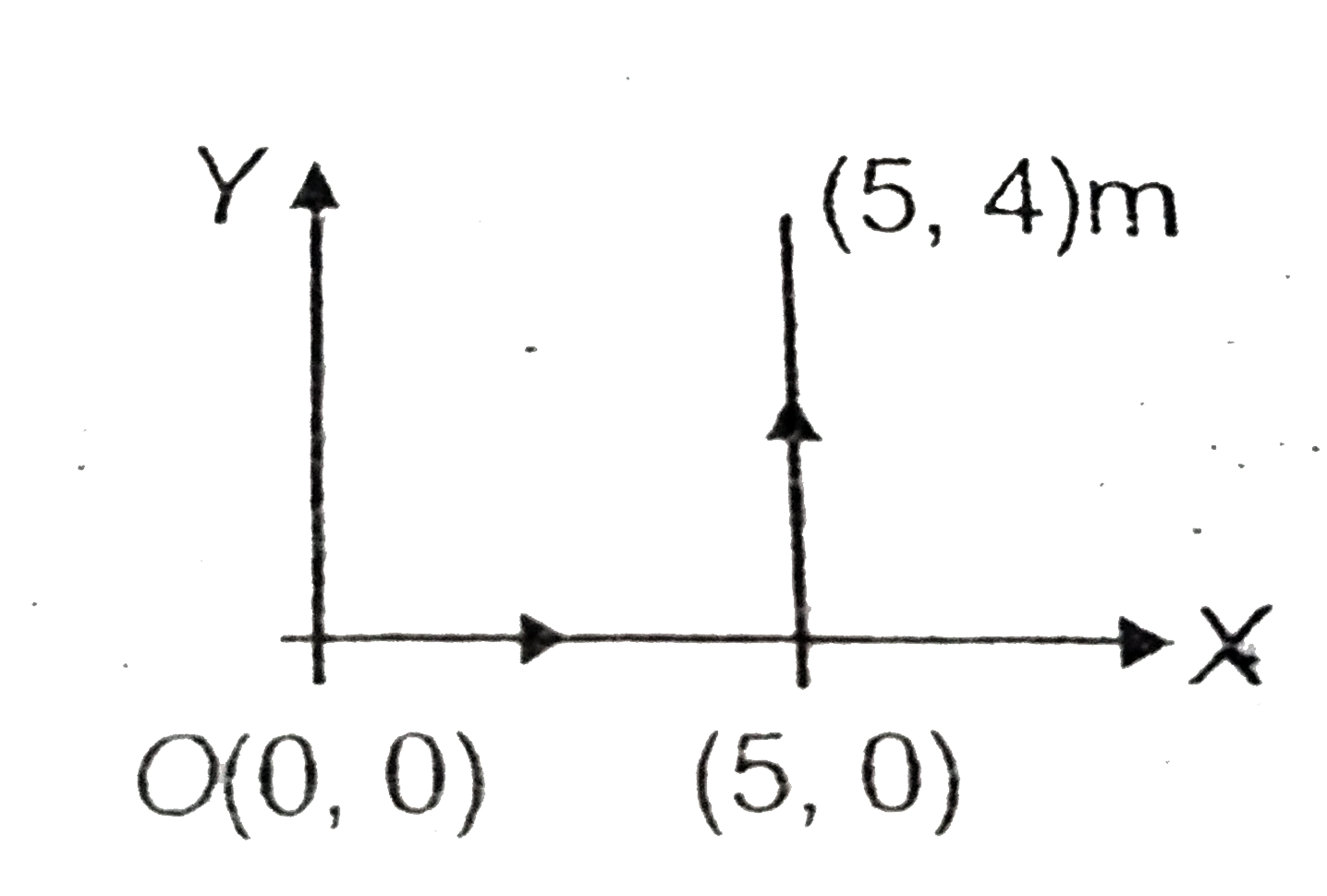Two bodies with masses 1kgand2kg have equal kinetic energies. If p1andP2 are their respective momenta, then p1/P2 is equal to :
m1m2
√m2m1
√m1m2
m21m22
The correct Answer is:C
Step by step video, text & image solution for Two bodies with masses 1 kg and 2 kg have equal kinetic energies. If p_(1) and P_(2) are their respective momenta, then p_(1)//P_(2) is equal to : by Physics experts to help you in doubts & scoring excellent marks in Class 12 exams.
Updated on:21/07/2023Topper's Solved these Questions
- WORK, ENERGY AND POWERBook:AAKASH INSTITUTEChapter:WORK, ENERGY AND POWERExercise:Assignment (SECTION - B)
Explore 39 Videos
- WORK, ENERGY AND POWERBook:AAKASH INSTITUTEChapter:WORK, ENERGY AND POWERExercise:Assignment (SECTION - C)
Explore 80 Videos
- WORK, ENERGY AND POWERBook:AAKASH INSTITUTEChapter:WORK, ENERGY AND POWERExercise:EXERCISE
Explore 40 Videos
- WAVESBook:AAKASH INSTITUTEChapter:WAVESExercise:ASSIGNMENT ( SECTION-D ( Assertion - Reason Type Questions ))
Explore 12 Videos
Similar Questions
A force →F=(4ˆi+5ˆj)N acts on a particle moving in XY plane. Starting from origin, the particle first goes along x-axis to the point (5.0) m and then parallel to the Y-axis to the point (5,4 m. The total work done by the force on the particle is

View SolutionConsider a drop of rain water having mass 1 g falling from a height of 1km. It hits the ground with a speed of 50m/s Take g constant with a volume 10m/s2. The work done by the
(i) gravitational force and the
(ii) resistive force of air is :
View SolutionA particle moves from point P(1,2,3) to point Q(2,1,4) under the action of a constant force F=(2ˆi+ˆj+ˆk)N. Work done by the force is
View SolutionA : Doppler's effect in sound is asymmetric but in light , it is symmetric
R : In Sound , change in frequency depends on the individual velocity of both the source as well as the observer . In light , change in frequency depends on the relative velocity between source and observer .
View SolutionA square and a rectangle have equal areas. If their perimeters are p1 and p2 respectively, then (a) p1<p2 (b) p1=p2 (c) p1>p2 (d) None of these
View SolutionTwo bodies with masses 1 kg and 2 kg have equal kinetic energies. If p_(1) and P_(2) are their repective momenta, then p_(1)//P_(2) is equal to :
View SolutionA sum of Rs 24,000 is divided into two parts P1 and P2, such that the simple interest calculated on P1 for 3 years and on P2 for 4 years are equal. If the rates of interest on P1 and P2 are 4% and 5% respectively, then find the smaller of the parts P1 and P2.
View Solutionयदि P1 तथा P2 दो विषम संख्याएँ है, जबकि p1>p2 तो p21−p22 है ।
View Solutionदो वस्तुओ की गतिज ऊर्जाओ समान है। यदि इनके द्रव्यमान m1 व m2 तथा संवेग क्रमश: p1 व p2 हो तो अनुपात p1/p2 कितना होगा?
View SolutionP1,P2,P3 are altitudes of a triangle ABC from the vertices A, B, C and Δ is the area of the triangle,
The value of P−11+P−12+P−13 is equal to-
View SolutionIf p1,p2,p3 are altitudes of a triangle ABC from the vertices A,B,C and ! the area of the triangle, then p21+p−22+p−23 is equal to
View SolutionIf p1,p2,p3 are respectively the perpendiculars from the vertices of a triangle to the opposite sides , then cosAp1+cosBp2+cosCp3 is equal to
View SolutionIf P1andP2 are two odd prime numbers, such that P1>P2, then P21−P22 is………….
View SolutionLet the lengths of the altitudes from the vertices A(−1,1),B(5,2),C(3,−1) of ΔABC are p1,p2,p3 units respectively then the value of (1p1)2+(1p3)2(1p2)2 is equal to
View SolutionIf p1,p2,p3 are respectively the perpendiculars from the vertices of a triangle to the opposite sides, then p1p2p3 equals
View SolutionTwo bodies of different masses m1 and m2 have equal momenta. Their kinetic energies E1 and E2 are in the ratio
View Solution
